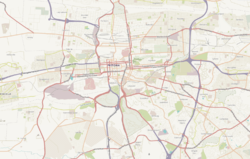
Pretoria is South Africa's administrative capital, serving as the seat of the executive branch of government, and as the host to all foreign embassies to South Africa.

The Iziko South African National Gallery is the national art gallery of South Africa located in Cape Town. It became part of the Iziko collection of museums – as managed by the Department of Arts and Culture – in 2001. It then became an agency of the Department of Arts and Culture. Its collection consists largely of Dutch, French and British works from the 17th to the 19th century. This includes lithographs, etchings and some early 20th-century British paintings. Contemporary art work displayed in the gallery is selected from many of South Africa's communities and the gallery houses an authoritative collection of sculpture and beadwork.

Judith Mason born Judith Seelander Menge was a South African artist who worked in oil, pencil, printmaking and mixed media. Her work is rich in symbolism and mythology, displaying a rare technical virtuosity.

Sir Maximillian Michaelis, was a South African financier, mining magnate, benefactor and patron of the arts.
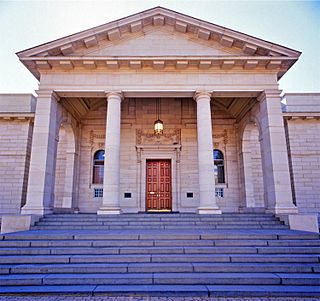
The Johannesburg Art Gallery (JAG) is an art gallery in Joubert Park in the city centre of Johannesburg, South Africa. Recent reports indicate that the Gallery is potentially facing a spiral of rapid decline or institutional destruction. A civil society group and volunteer organisation called Friends of JAG has been formed to help ensure "the Johannesburg Art Gallery can maintain its collection of Picassos and Rodins, Sekotos and Pierneefs." This deterioration has continued unabated since the collapse of a roofing section in 2017 due to poor maintenance. According to various media reports, the accelerated decline is due to 'inaction, corruption and theft' in the City of Johannesburg Metropolitan Municipality.
Abrie Fourie is a South African born artist. He currently lives and works in Berlin, Germany.
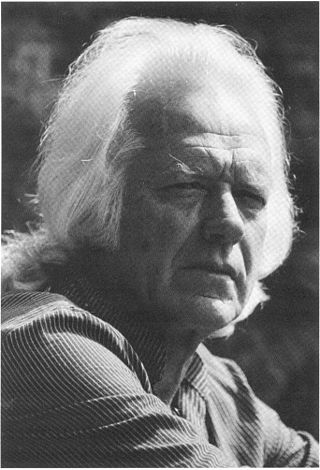
Edoardo Daniele Villa (1915–2011) was a notable South African sculptor of Italian descent who worked primarily in steel, and bronze.
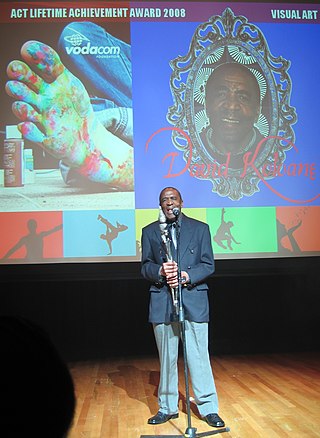
David Nthubu Koloane was a South African artist. In his drawings, paintings and collages he explored questions about political injustice and human rights. Koloane is considered to have been "an influential artist and writer of the apartheid years" in South Africa.

Kathryn Smith is a South African artist, curator, and researcher. She works on curatorial projects, scholarly research, and studio practices, while her art deals with uncertainty, risk, and experimentation. She works in Cape Town and Stellenbosch. Her works have been exhibited and collected in South Africa and elsewhere. In 2006, she was appointed senior lecturer in the Department of Visual Arts at the University of Stellenbosch and head of the Fine Arts Studio Practice program. She took a break in 2012/2013 to read for an MSc at the University of Dundee.
Gordon Froud is a South African artist and curator. Froud's work has been showcased in hundreds of exhibitions throughout South Africa and the world, and he has served as a judge for several national art competitions. He has been the recipient of numerous awards including a Merit Award for Sculpture in the 1988 New Signatures Competition and an ABSA Gold Medal for contribution to the arts in 2005. Froud has also spent many years working as an art educator at both the secondary and tertiary level in London and South Africa. Perhaps known best for his use of found and untraditional materials in his sculptures, Froud attempts to explore the human condition in his work, particularly with regard to DNA, babies, genetics, bacteria, viruses and self-portraits. He currently balances his art practice and curation with running his own Gordart Gallery, which focuses on developing previously little-known artists.
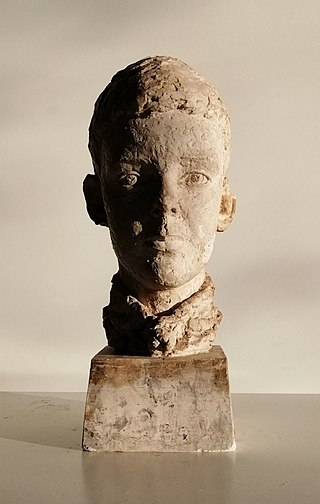
Moses Kottler (1896–1977) was a South African painter and sculptor. He is widely regarded, along with Anton van Wouw and Lippy Lipshitz, as one of the most important South African sculptors. This triumvirate had the distinction of also having excelled at using pictorial media; Lipshitz with monotypes and Van Wouw in painting and drawing. Kottler's work in oils earned him additional consideration as a painter.
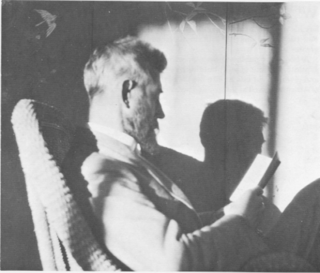
Pieter Willem Frederick Wenning was a South African painter and etcher, considered to be the progenitor of the style of Cape Impressionism.
Steven Bosch is a South African artist and creative consultant in Johannesburg. He was also a trend analyst and presenter on the Afrikaans TV program Sieners on ViaTV, a South African lifestyle channel.
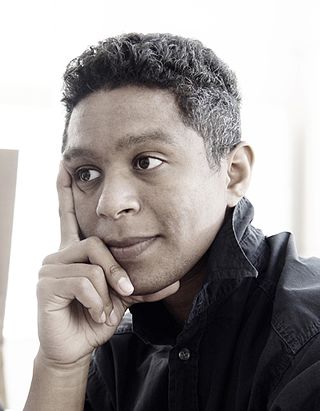
Ashley Walters is a South African-born and based artist who works with photography and film.

Wayne Barker, South African visual artist. Barker is based in Johannesburg. He rose to prominence in the late 80s, at the height of political unrest under the Apartheid regime. His work has featured in several global biennales, art fairs and important retrospective exhibitions. He works in various mediums, including but not limited to painting, printmaking, sculpture, video, performance and installation. In addition to collaborations with other artists, Barker has collaborated with the Qubeka Beadwork Studio based in Cape Town, to realise large scale glass beadworks.
iQhiya is a network of young black women artists based in Cape Town and Johannesburg, South Africa. They specialise in a broad range of artistic disciplines including performance art, video, photography, sculpture and other mediums.
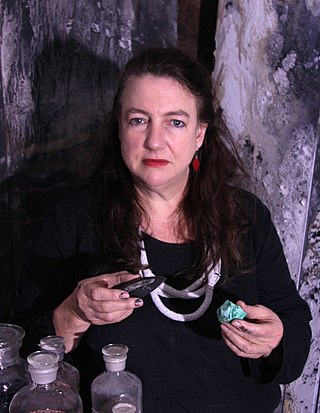
Jeannette Unite is a South African artist who has collected oxides, metal salts and residues from mines, heritage and industrial sites to develop paint, pastel and glass recipes for her large scale artworks that reflect on the mining and industrial sites where humanity's contemporary world is manufactured.
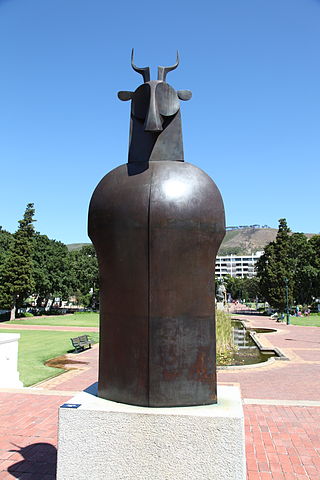
Bruce Arnott was a South African sculptor, curator, educator and academic. He was a professor of Fine Arts at the University of Cape Town's Michaelis School of Fine Art.
The Johannesburg North Reformed Church/Andrew Murray Congregation is a bilingual congregation of the Dutch Reformed Church in South Africa (NGK) in the Johannesburg suburb of Orchards. It was formed in 1999 by the merger of the NGK congregation and the Andrew Murray Congregation and functions as a church without borders.
Anton Sydney Smit is a contemporary South African sculptor. He is known for his large-scale sculptures and public art exhibitions. He is the father of South African Artist, Lionel Smit.

